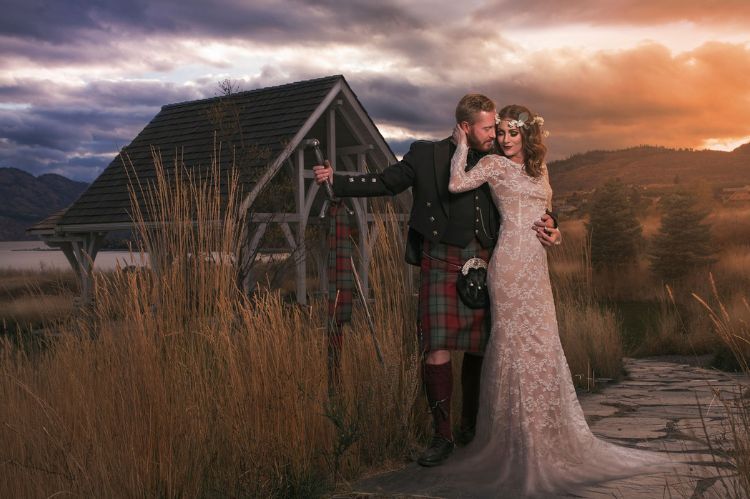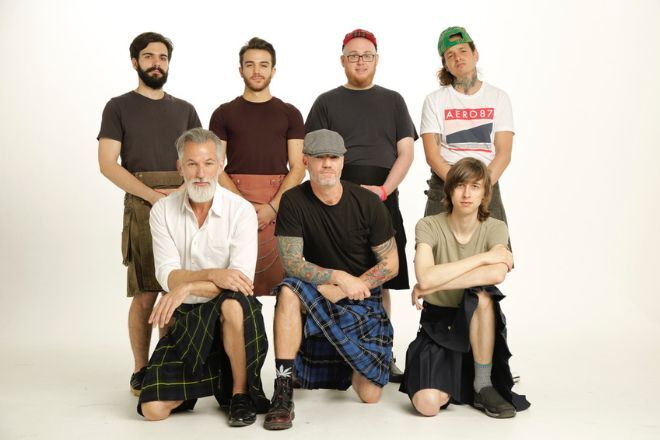When delving into the realm of crafting compelling content, two critical elements emerge as the stars of the show: "perplexity" and "burstiness." These facets of text creation play a pivotal role in engaging the audience's attention. Allow me to elucidate further: perplexity measures the intricacy and depth of a narrative, while burstiness reflects the ebb and flow of sentence structures, with humans often embracing a melange of lengthy, complex sentences interspersed with crisp, concise ones. Conversely, AI-generated content tends to err on the side of uniformity, favoring a more streamlined approach. Thus, as we embark on the journey to create the following content, we must strive for an artful balance of perplexity and burstiness to weave a captivating narrative.
!
Origins Unveiled: The Irish Flag's Tale of Unity and Struggle
The Irish flag, a vibrant symbol imbued with unity, pride, and tradition, stands as an enduring testament to Ireland's ardent struggle for freedom and independence. Comprising horizontal tricolors of green, white, and orange, with a majestic harp ensconced in its center, this flag exudes both history and hope. Its popularity soars across Europe, as it gracefully echoes the essence of other distinguished flags such as those of France and Spain, yet retains its unique Irish identity. The Irish flag's inception dates back to the early 1800s when it first fluttered proudly at the Irish Society of Philadelphia on the revered St. Patrick's Day. A mere two years later, it graced the Irish Volunteers' parade in Dublin, marking its emergence on the world stage. A momentous chapter in its history unfolded on March 17th, 1848 when it adorned O'Connell's residence, now revered as Liberty Hall in Dublin, unfurling its symbolism of hope and determination.
Unraveling the Enigma: The Mysteries and Controversies Surrounding the Irish Flag's Evolution
The narrative of the Irish flag is a tapestry interwoven with mystery and controversy, offering intrigue to those who seek to understand its evolution. In 1916, Irish republicans embraced a flag starkly different from its current design, replacing the familiar green field and white harp with a striking vision of green interwoven with white stars against a backdrop of resplendent blue. This radical design persisted as the official flag until 1922 when it metamorphosed into its present form, a design that has remained unaltered ever since, shrouding its past in enigmatic allure. The flag's roots extend even further into history, with the earliest mention dating back to a manuscript from 1385, which chronicled "the banner of St. Patrick" flown by the Knights Templar in Ireland. However, the green, white, and orange colors made their debut in 1642 when Oliver Cromwell's troops captured Dublin, substituting the previous flag with these vibrant hues. Yet, this narrative bears the weight of historical contention, as some scholars dispute the timeline of these colors' introduction. It wasn't until 1782 that these iconic three colors—green, white, and orange—found themselves united on an Irish flag, when Colonel Henry Tonson proudly displayed them during an event commemorating St. Patrick's Day. These hues, while bearing significance in the flag of England, also found a home in the banners of France and Scotland. The tumultuous journey of Ireland, from English dominion to eventual independence, saw trials conducted to forge a new national flag, symbolizing the nation's hard-fought freedom.
St. Patrick's Day: A Beacon of Unity Amidst Adversity
The 1800s brought turbulent times to Ireland, marred by division between Catholics and Protestants, exacerbated by the devastating Great Famine that drove millions to seek refuge in America and Canada. Amidst this turmoil, Thomas Meagher, the visionary, unfurled the tricolor with a dream of a united and liberated Ireland, transcending the shackles of British rule. The year 1848 witnessed a wave of revolutions sweeping across Europe, igniting hope in the hearts of Thomas Meagher and his Young Irelanders. Their aspiration to overthrow oppressive regimes and establish democratic governance fueled their resolve. During a visit to France in 1848, Meagher, along with William Smith O'Brien and Richard O'Gorman, received the tricolor banner as a gift from French women who had woven it from the finest silks France had to offer. Meagher, with unwavering conviction, presented this banner to Ireland, proclaiming that the white at its core symbolized his vision of lasting harmony between the "orange" and the "green." The Resistance of 1848 saw Meagher's arrest and conviction, but his words echoed through time as the tricolor evolved into a symbol of unity. The Easter Rising of 1916 marked a turning point in Ireland's history. As the Irish Conservative Fellowship, Irish Workers, and Irish Citizen Army took to the streets of Dublin on Easter Monday, the world watched with bated breath. Engulfed in the chaos of the Second Great War, the English government struggled to suppress the uprising. For six days, the Irish valiantly held key positions and inflicted significant casualties upon the English forces. However, the tide turned, as additional English reinforcements poured in, overwhelming the Irish rebels. In May 1916, the English government executed sixteen leaders of the uprising, a move that ignited international outrage and shifted public sentiment in favor of Irish independence.
Unraveling the Symbolism: Colors of the Irish Flag Speak Volumes
Each color of the Irish flag conveys a profound message: Green, representing the dominant Catholicism, stands as Ireland's religious cornerstone. Orange, a color synonymous with Protestants and immigrants who have journeyed to Ireland over centuries, signifies diversity. White, a symbol of peace, offers hope for reconciliation between Catholics and Protestants, even as it graces churches and hospitals with its presence.
The Irish Flag's Etiquette: Rules and Traditions
Much like any other flag, the Irish flag follows a set of honorable traditions: It should never touch the ground, trees, or any other surface unworthy of its dignity. It must always be the highest flag when displayed alongside others. Additional words or designs are deemed unnecessary, as the flag's symbolism speaks volumes.
Celebrate Irish Pride with Our Selection of Irish Flags
Today, the tricolor of green, white, and orange stands as an inseparable emblem of Ireland, extending a warm Irish welcome to friends and family. Adorn your home with one of our exquisite Irish flags, and join in the tradition of hospitality that the Irish are renowned for. Celebrate the enduring spirit of Ireland with a touch of its vibrant history in your surroundings. The Scottish kilt, with its rich history and distinctive tartan patterns, stands as a timeless symbol of Celtic heritage and pride.

